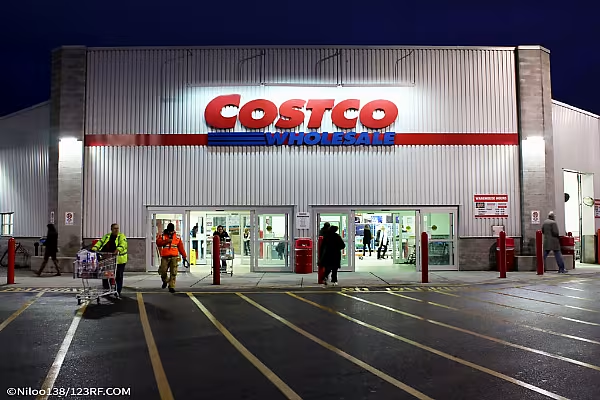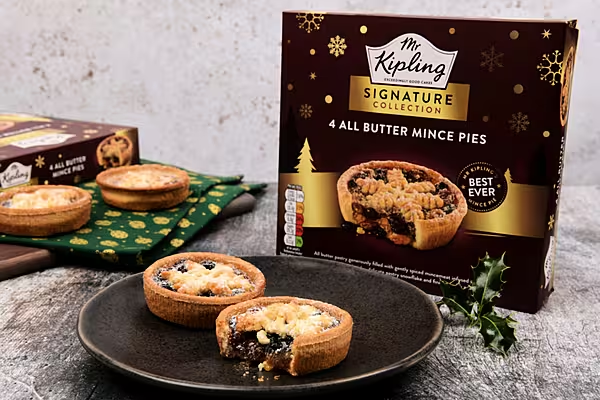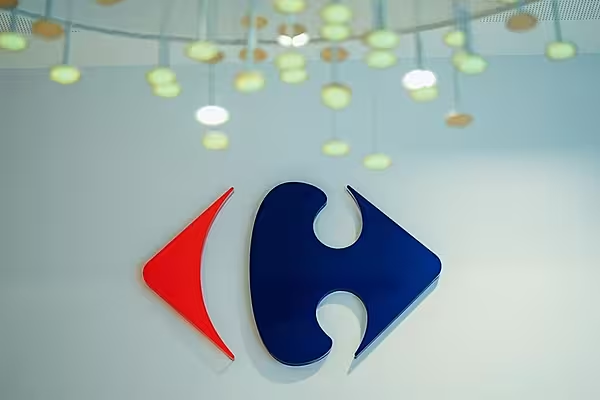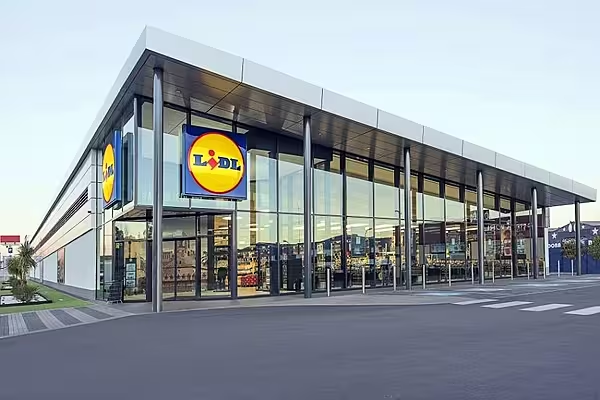Costco Wholesale fell short of Wall Street estimates for quarterly sales due to tepid demand for higher margin goods.
With elevated day-to-day costs hammering household budgets, customers have kept a tight lid on their spending, particularly for big-ticket non-essential purchases such as home furnishings, sporting goods and garden supplies.
In January, U.S. retail sales fell by the most in 10 months with decreases in sales of electronics and appliances as well as clothing, health and personal care products.
Comparable Sales Up
However, demand for Costco's consumables and groceries held steady and helped the company's comparable sales, excluding the impact of fuel and currency fluctuations, jump 5.8% in the second quarter.
"The same store sales actually came out better than the street expected, which again was weird because you kind of knew what the number was heading into this year," Telsey Advisory Group analyst Joseph Feldman said.
Total sales were up 6% at $58.44 billion (€53.13 billion) but missed LSEG estimates of $59.16 billion (€53.79 billion).
The company said that net sales were negatively impacted by a shift in the fiscal calendar and gasoline price deflation.
E-Commerce Demand
However, Costco's e-commerce sales surged 18.4% in the quarter, driven by strong demand for gold and silver bullions, appliances and gift cards. The company now offers online sales of gold bars and more recently 25-count tubes of 1 ounce Canada Maple Leaf Silver coins, exclusively for members.
Costco sold $100 million (€91 million) in one-ounce gold bars last quarter.
These precious metals are considered a hedge against inflation and a safe-haven investment, especially in anticipation of potential U.S. Federal Reserve rate cuts.
The company's profit of $3.92 (€3.57) per share topped estimates of $3.62 (€3.29) on easing freight and commodity costs.











